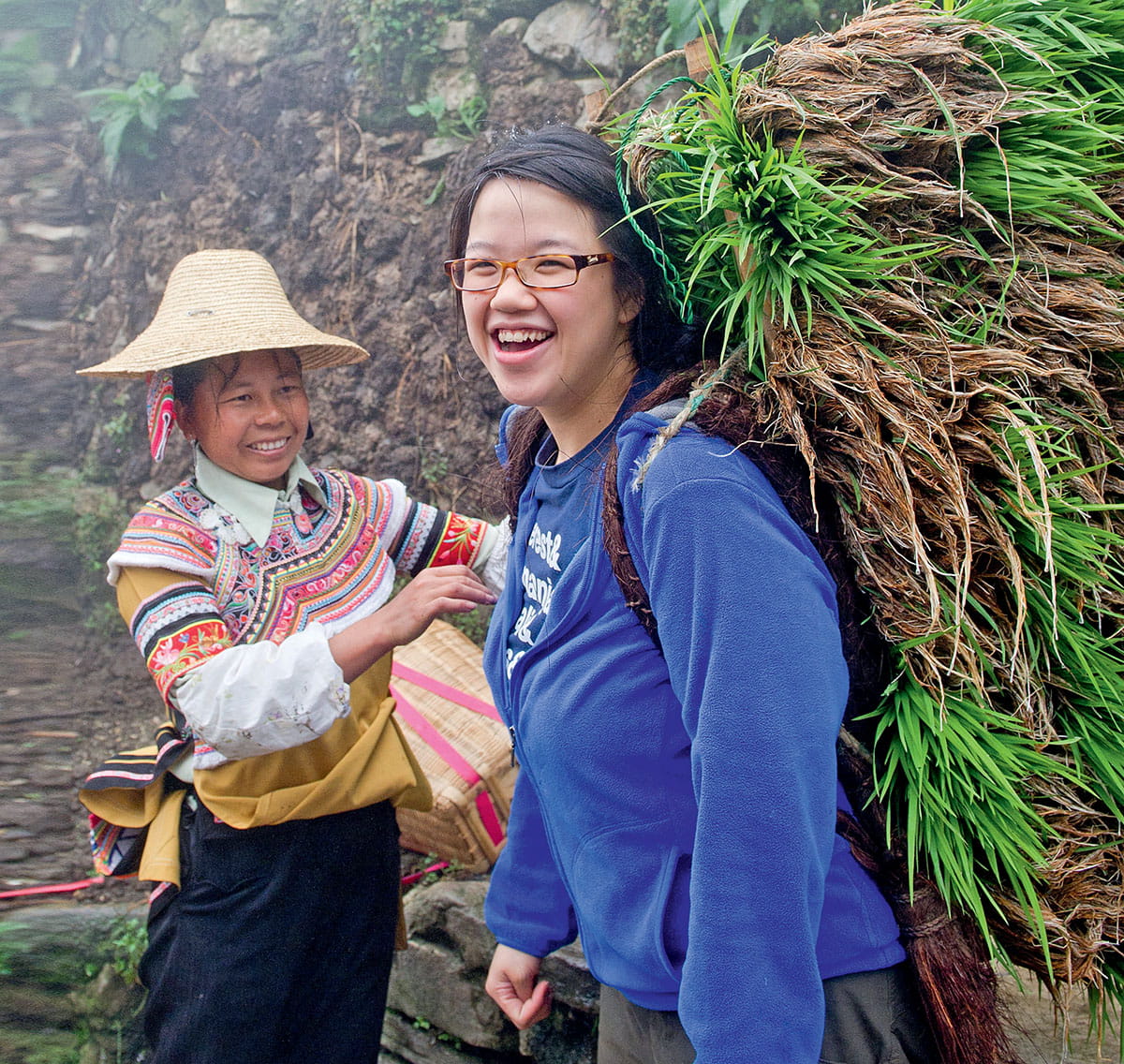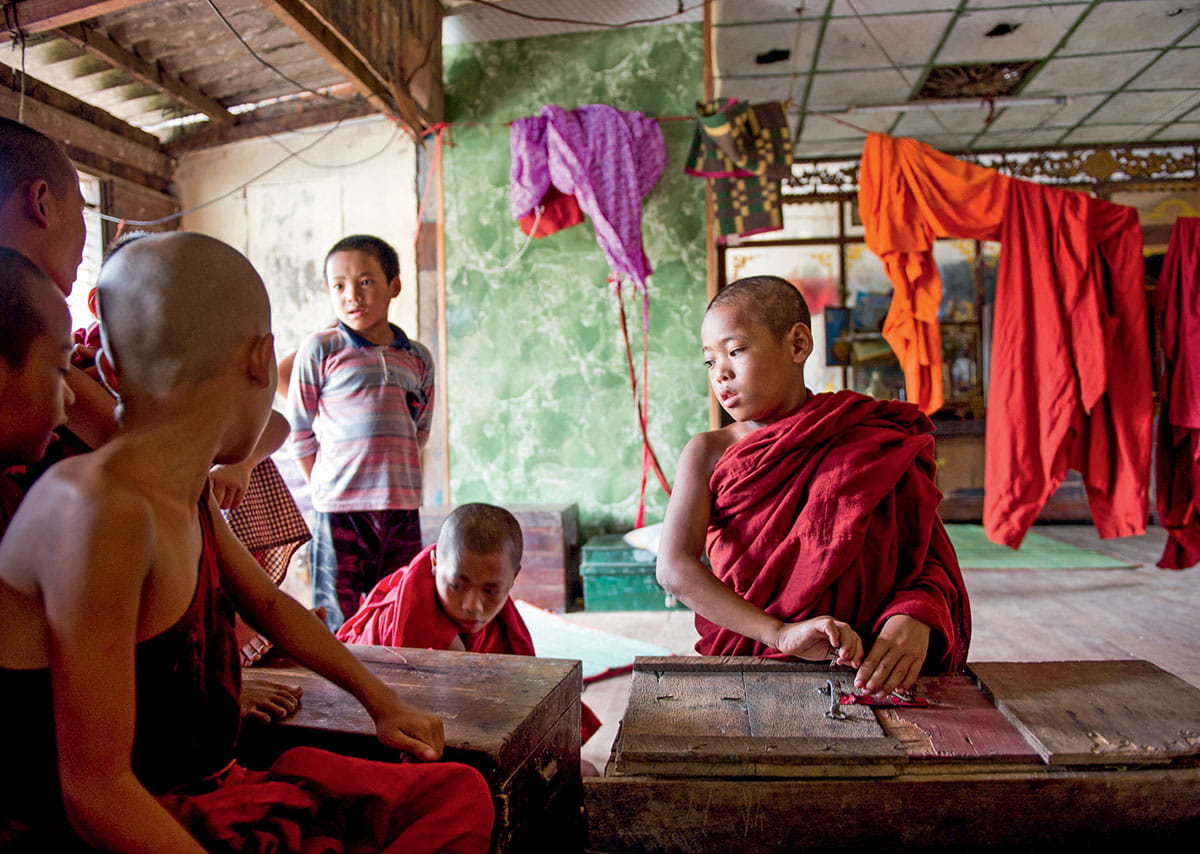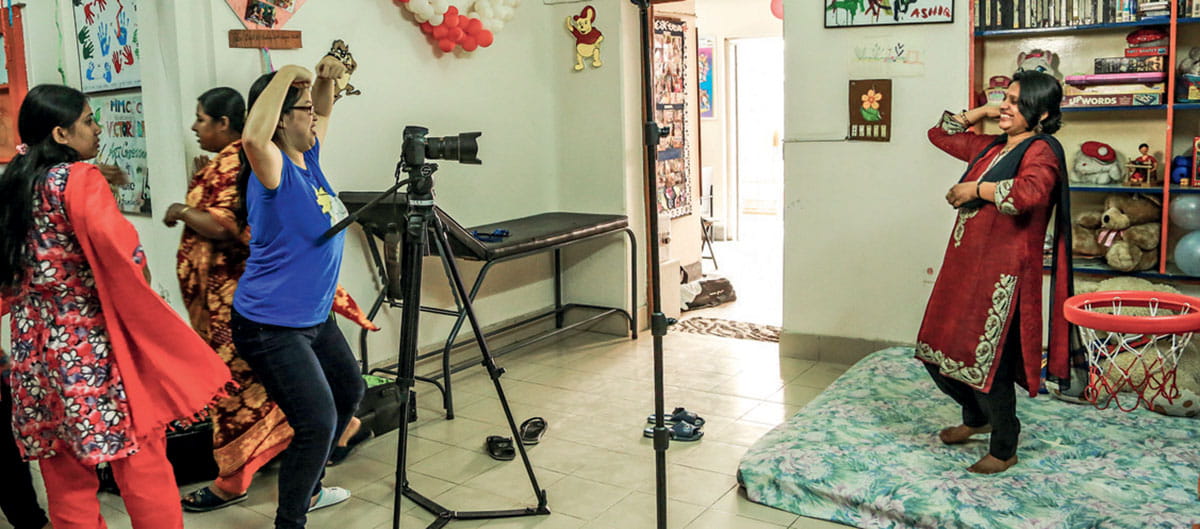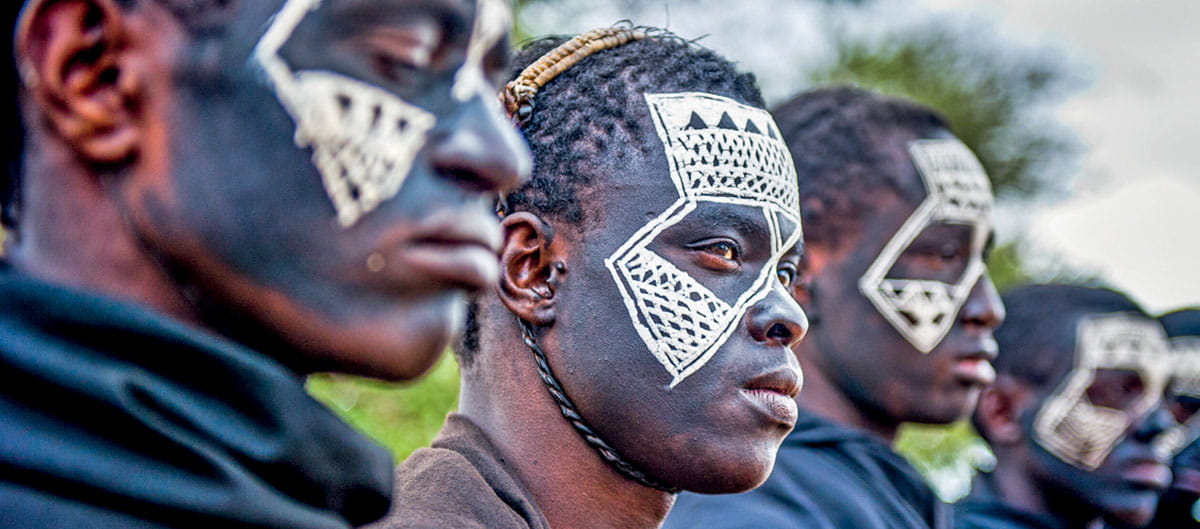Stories > Stories Worth Telling
Stories Worth Telling
Creative professional Jean Loo crafts compelling tales in a variety of mediums to kick-start dialogue and raise awareness about social issues across Asia.
BY ALYWIN CHEW
PHOTOS JEAN LOO

Jean Looʼs projects give her the opportunity to interact with communities living in remote corners of the world, such as those in the mountainous villages of Chinaʼs Yunnan province.
ike most people, Jean Loo aspired to be many things in life, including a lawyer, veterinarian and pre-school teacher. When she was studying for a Bachelor’s degree in Communication Studies at Singapore’s Nanyang Technological University, the huge Mandopop (Mandarin popular music) fan had also intended to major in public relations just so she could pick up the skills needed to become a concert promoter.
But Loo, 33, changed her mind and majored in journalism instead, deciding that it was more important to keep up to date with global current affairs and hone her writing skills.
“Cross-country collaborations share more than just knowledge and culture – they share stories of resilience and how Singapore has much to learn from its neighbours.”
Jean Loo, founder of boutique content creation studio Logue
For her final year journalism project, she and two friends travelled around South-east Asia to research how children in different countries were affected by rapid changes in the region. They wrote stories about floating schools in Brunei, railway communities in Indonesia and the monastic school system in Myanmar. “It gave me a sense of purpose – to be able to use my skills to share stories with my friends in Singapore and share what I see through my work,” she says.
This experience inspired her to become a conduit for the promotion of social advocacy in the region. In 2008, just one year after her graduation, and following internship stints at Bloomberg News in Singapore and Singapore broadsheet The Straits Times, she decided to establish Logue, a community arts and content creation studio. It aims to create social dialogue through the mediums of film, photography and the written word, and inspire action for social change in communities around the world.
“When I graduated, I was just hopelessly idealistic and wanted to be useful to the world. Documentary photography was a way to educate myself and discover the world beyond my safe, sheltered home in Singapore,” she says.
COLLABORATIVE ART
Since Logue was set up, Loo has worked with various nongovernmental organisations and public institutions to create documentaries, short films, photo essays and art installations that give voice to needy communities.
One of the most memorable jobs Loo had embarked on is the documentary film After Cicely. Commissioned by the Lien Foundation, a philanthropic organisation in Singapore, the film explores the meaning of palliative care and features five women in Asia who have dedicated their lives to championing this form of medical support that helps those with terminal illness die with dignity. The job took her and her team to Bangladesh, Taiwan, Mongolia and Vietnam, where they worked to produce photo essays and stories in addition to the film.

Young monks whom Loo met in Mandalay when she was working on a project about monastic education in Myanmar.
In Mongolia, she met Dr Odontuya Davaasuren, who is regarded as the “mother” of palliative care in Mongolia. Dr Davaasuren says that Loo’s work has continued to reverberate within the palliative care community during screenings. She adds: “Many people from the Asia Pacific Hospice Palliative Care Network said that this film is thought-provoking, educational and inspiring.”
Having seen some of Loo’s other films, Dr Davaasuren says that Loo’s work provides inspiration to humanity, and teaches important values like love, respect and compassion for children, animals, the elderly and the sick.
The other project that left an indelible mark was Building Back Better, a series of documentary-styled short films commissioned by Singapore’s Institute of Mental Health (IMH). The series showcases IMH’s Disaster Mental Health Programme For Communities In Asia initiative, which aims to develop and implement a capability-building programme in mental well-being and resilience to support disaster preparedness and recovery in Asian communities.
With the support of the IMH, Singapore-based non-profit philanthropic organisation Temasek Foundation, and tertiary healthcare organisations in Thailand, China and Indonesia, Loo and her team spent several months travelling the region to capture footage for Building Back Better, which aims to raise awareness of mental health problems in Asia.
 |
 |
|
Loo filming After Cicely in Bangladesh; meeting members of the Maasai in Tanzania. |
She says: “With Building Back Better, I learnt how cross-country collaborations share more than just knowledge and culture – they share stories of resilience and how Singapore has much to learn from its neighbours, who have had to bounce back from disasters.”
Her work takes her to far-flung corners of the world – from the plains of the Serengeti in Tanzania to a rural mountainous village in Yunnan, China. This has inherently helped to foster stronger international understanding, as it gave her ample opportunities to interact with different communities and learn about other countries. For instance, she says that most foreigners are astonished that Singapore has been able to achieve such prosperity despite its size and short history, while others are surprised that most Singaporeans study two languages at school.
Loo says that the interactions with foreigners in the course of work has also helped expand her horizons, allowing her to compare and contrast life back home with the situation in other nations. “The fact that we are a multiracial society and can live side by side with many other communities is something I’m personally grateful for, especially when it is a scenario that some foreign friends are not exposed to. I hope at least by sharing an honest, grounded approach of storytelling and documentary-making, it leaves fond memories of the time we spent together on projects and a warm impression of someone from Singapore,” she says.
On the home front, she has been focusing on the community and inclusive arts scene as part of Superhero Me, a movement that Logue started in 2014 with the Lien Foundation. It aims to create social experiences where children with and without special needs can meet, play and collaborate through art.
Her efforts in social advocacy extend to the other end of the age spectrum too. The art installation And So They Say, which features interviews with 25 seniors, communicates the wisdom of Singapore’s senior citizens through a motion-triggered projection. The installation featured 10 short films and was launched at the Singapore Night Festival, an annual arts and cultural celebration, in 2015.
“Community arts is full of potential for me to not only empower those I work with through the co-creation process of making art together, but it also lets me bring together new groups of people like volunteers and my friends. It lets me be involved more holistically in the storytelling process and not just be a fly on the wall,” she says.
“Contrary to the documentary approach of staying invisible, I hope that each time I work with a new community, our time spent together would energise them in one way or another.”
